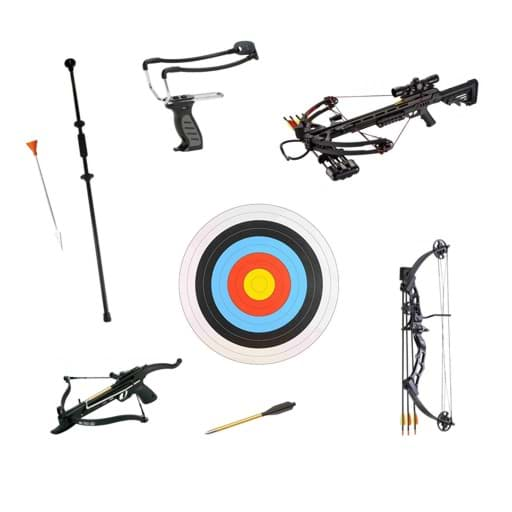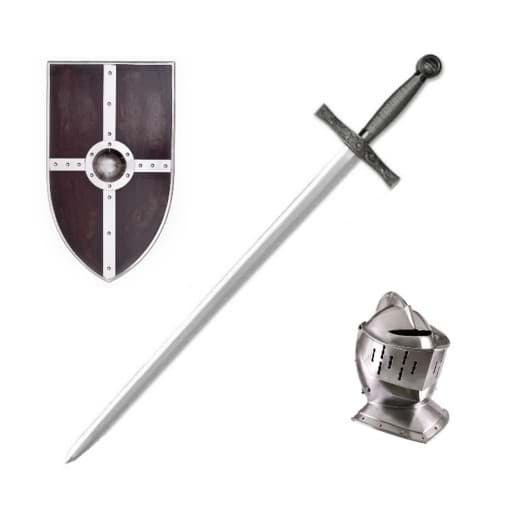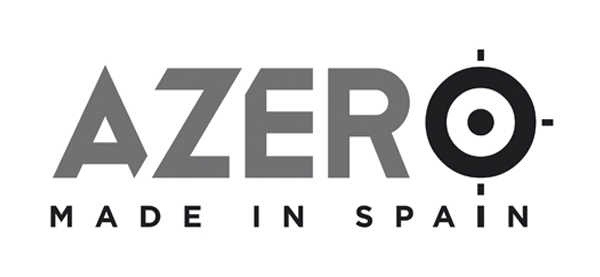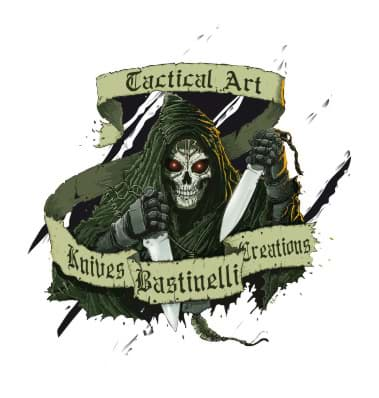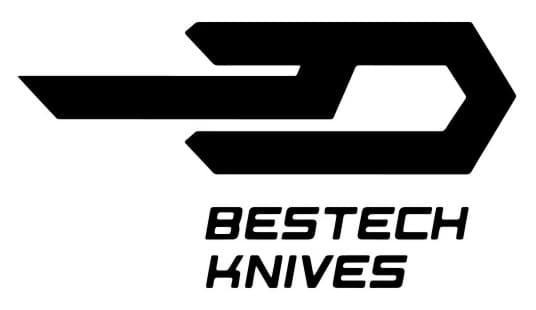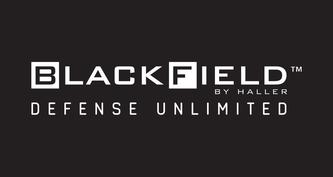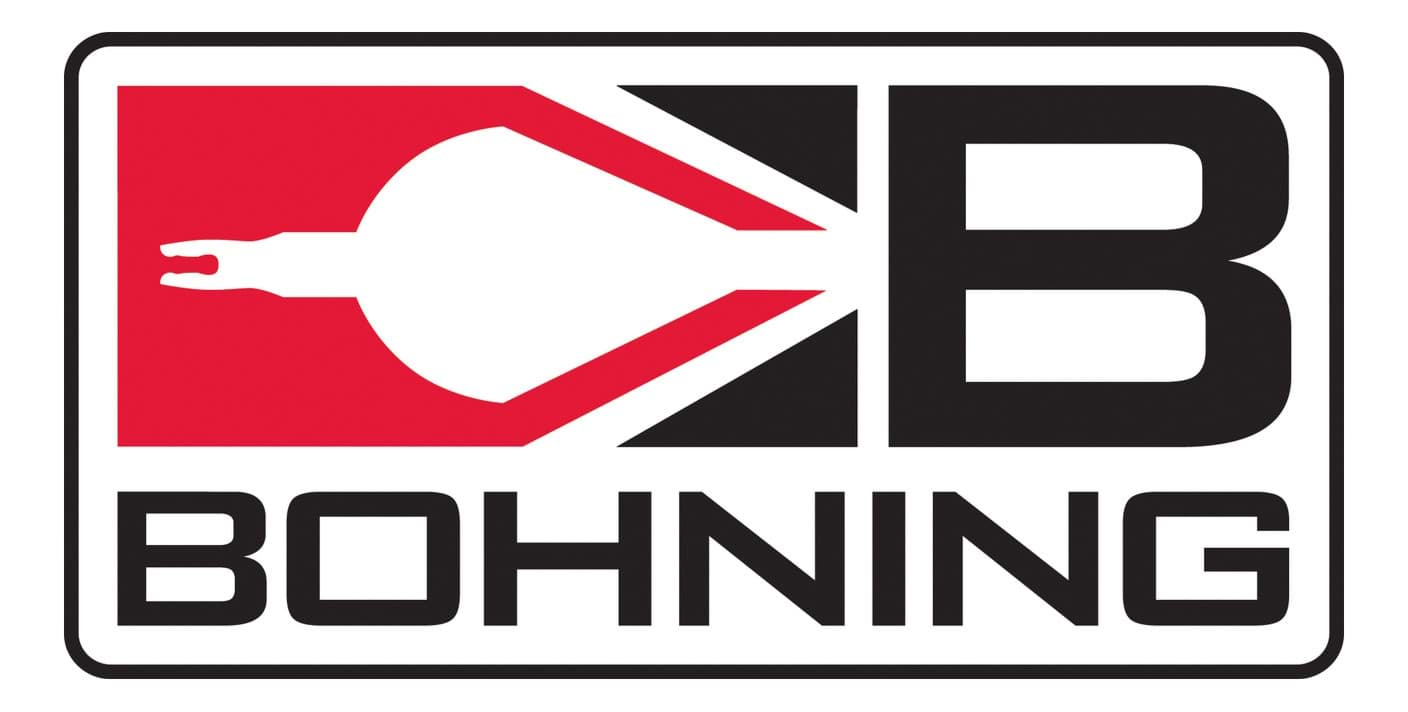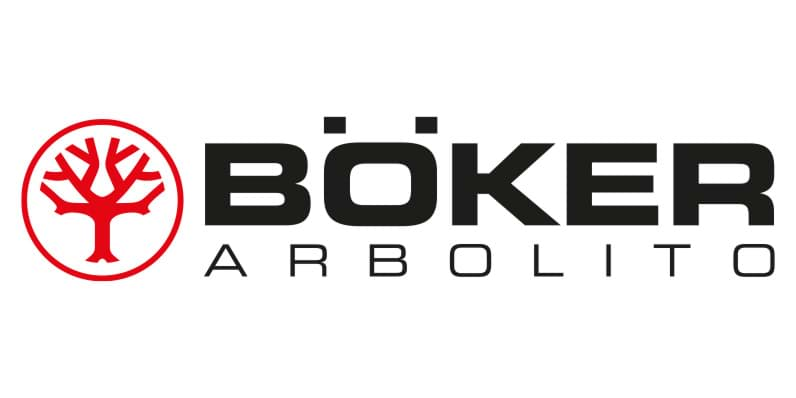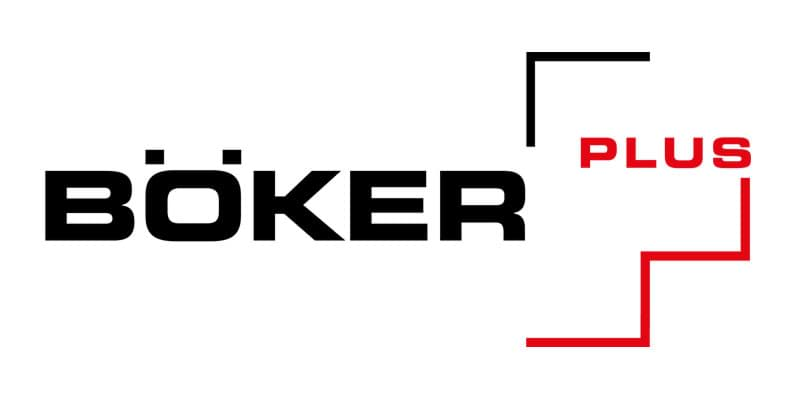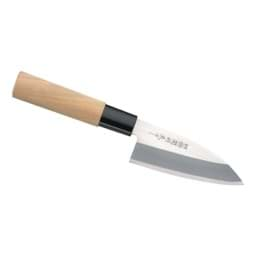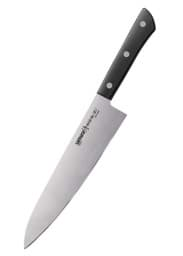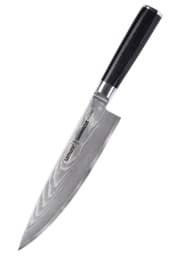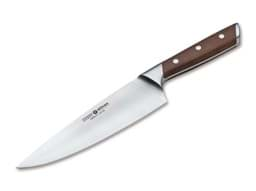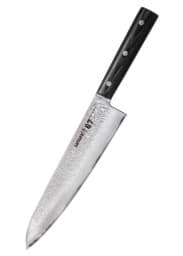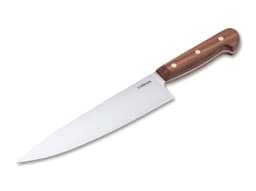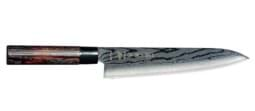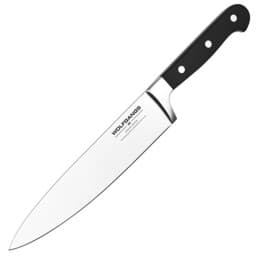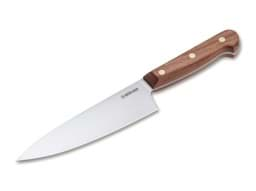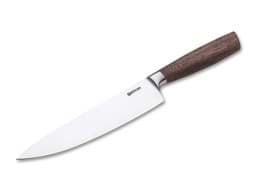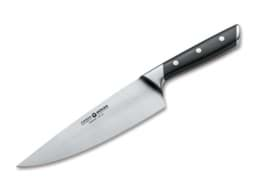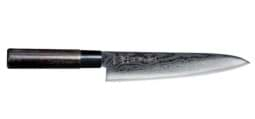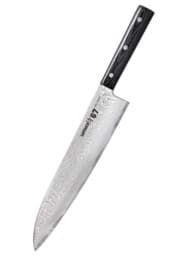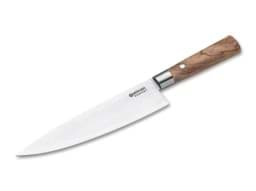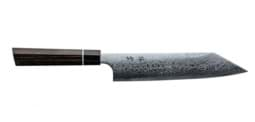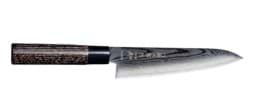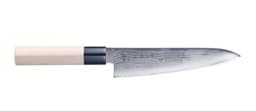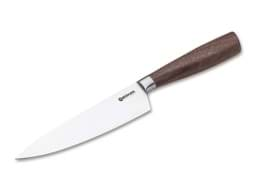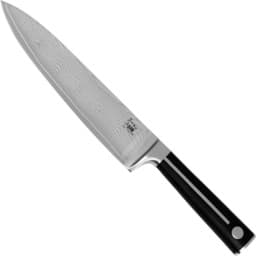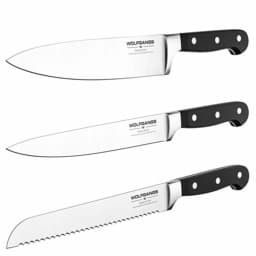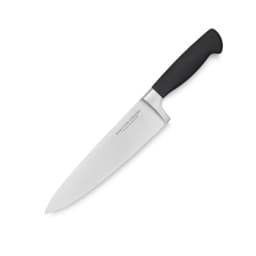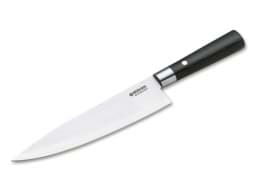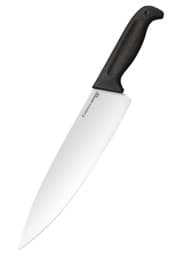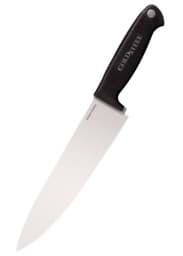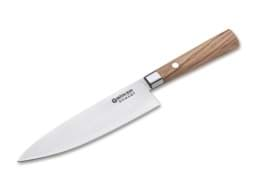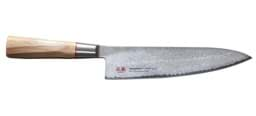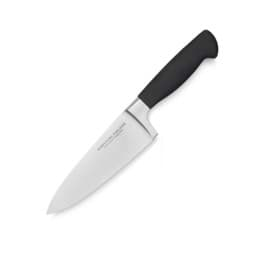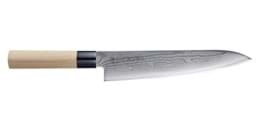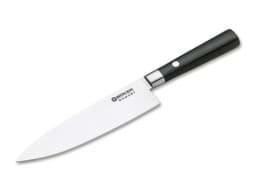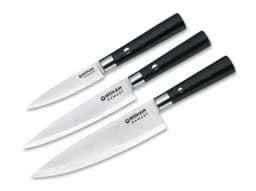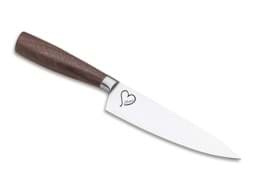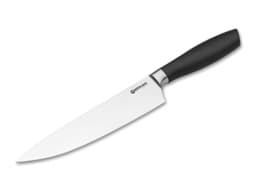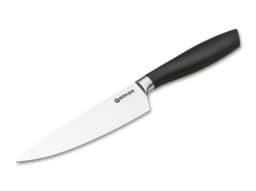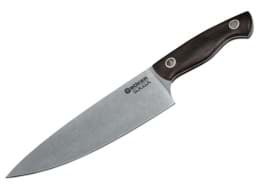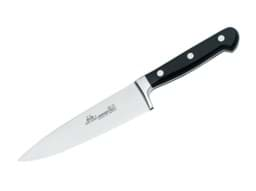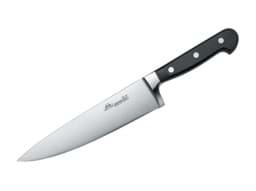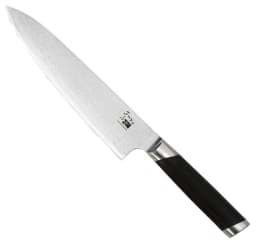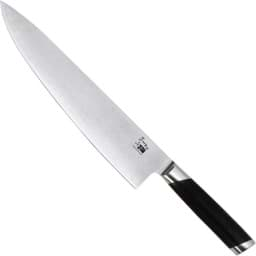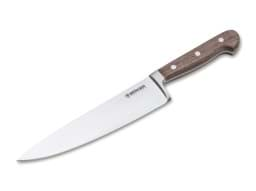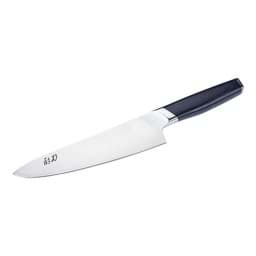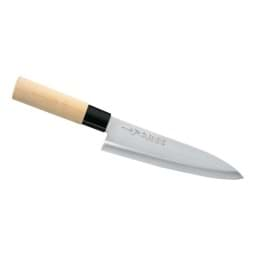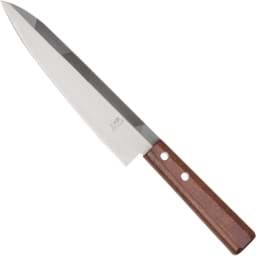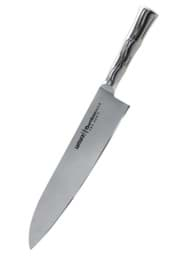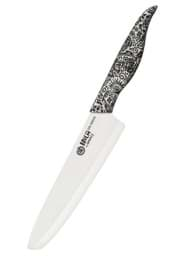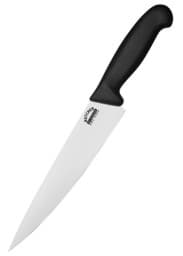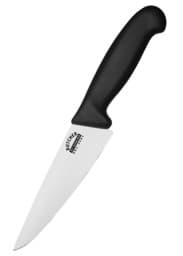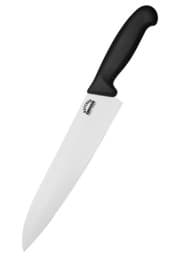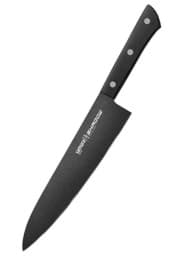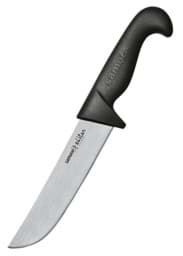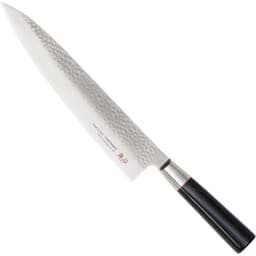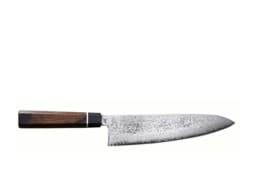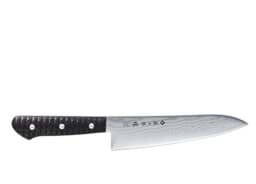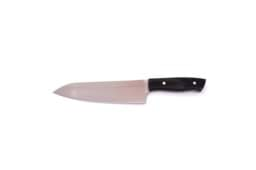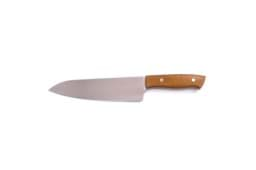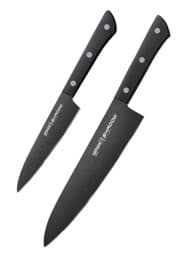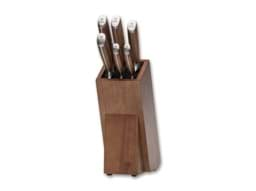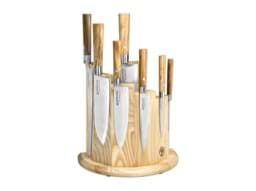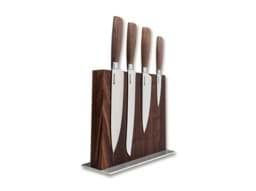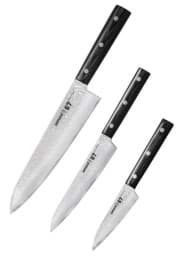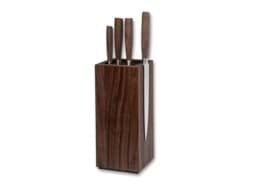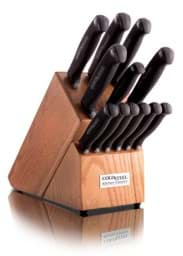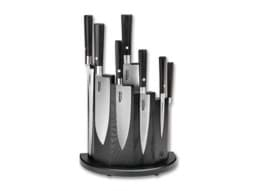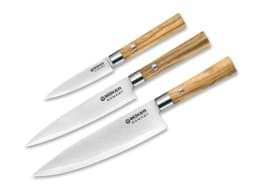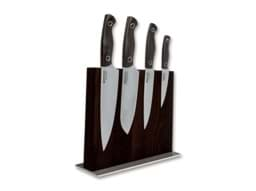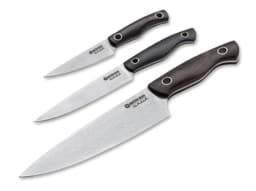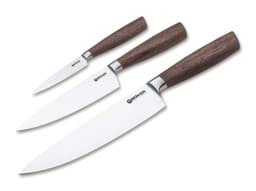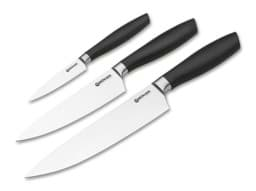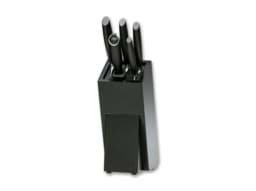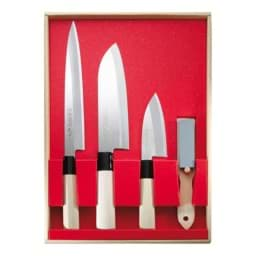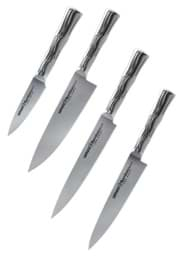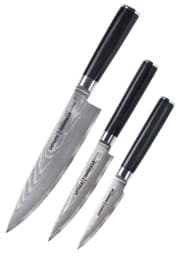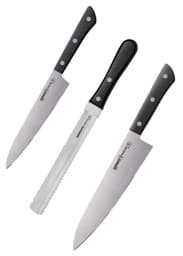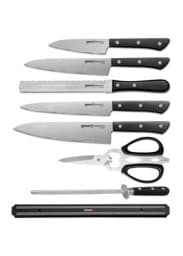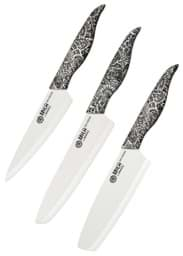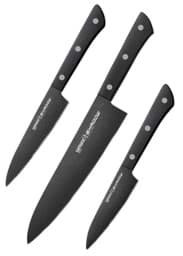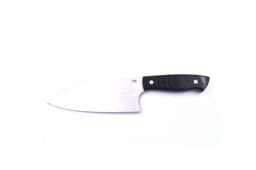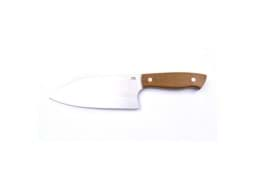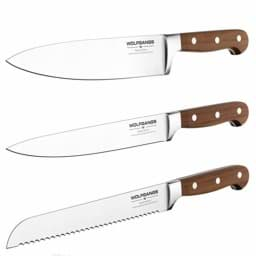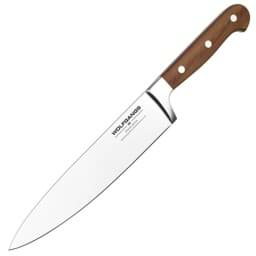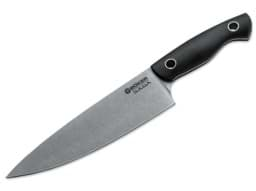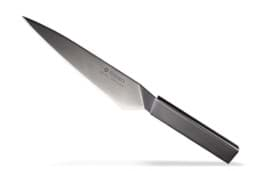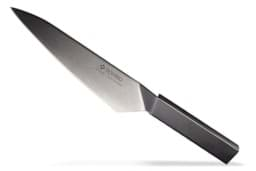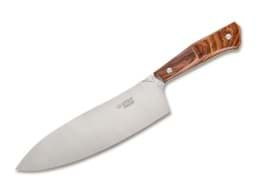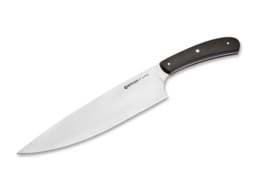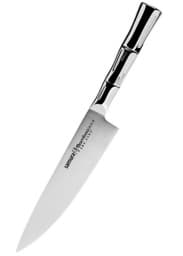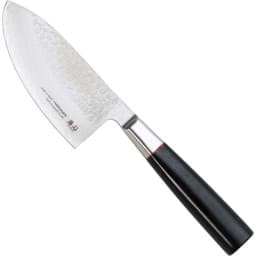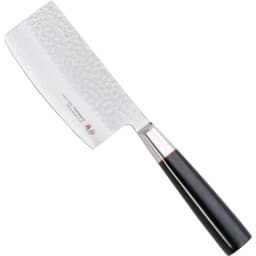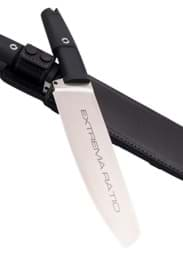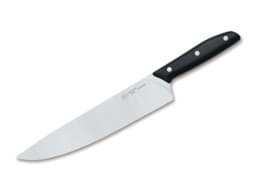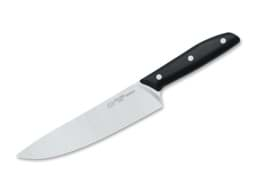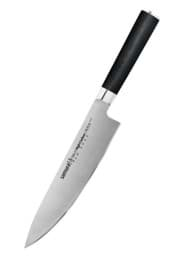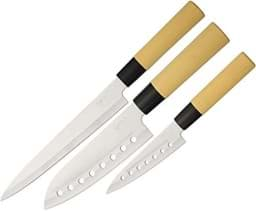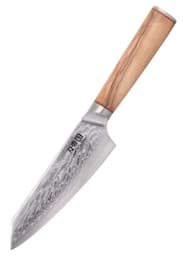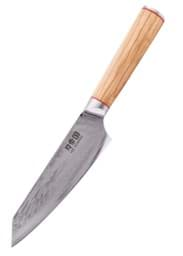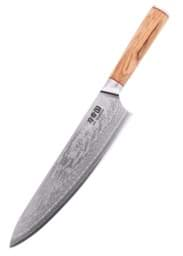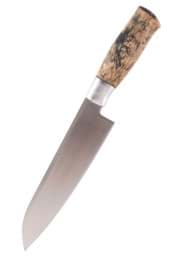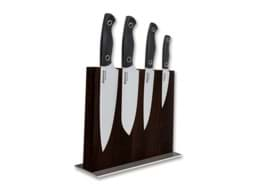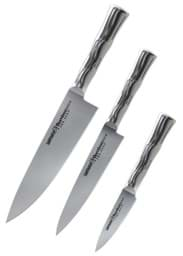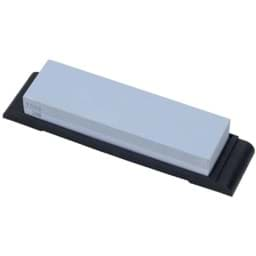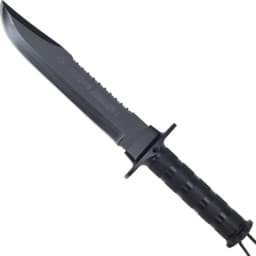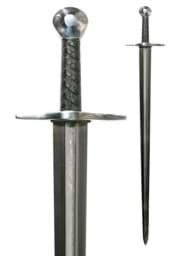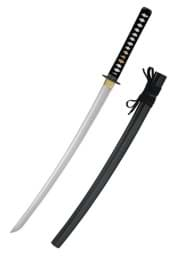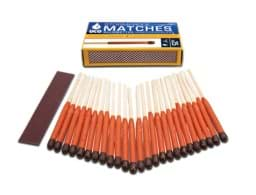Kitchen Knives
1-98 of 98
Herbertz - Kodeba
1-2 Arbeitstage
CHF 24.65 *
Niedrigster:
CHF 29.00 *
Samura - Harakiri Chef's Knife 208 mm
10-20 Arbeitstage
CHF 26.00 *
Samura - Damascus Chef's Knife
10-20 Arbeitstage
CHF 119.00 *
Böker - Forge Wood Chef's Knife
10-15 Arbeitstage
CHF 96.00 *
Samura - DAMASCUS 67 Chef's Knife 21 cm
10-20 Arbeitstage
CHF 114.00 *
Böker - Cottage-Craft Large Chef's Knife
10-15 Arbeitstage
CHF 68.00 *
Tojiro - Shippu Black Chef's Knife 24 cm
2-4 Arbeitstage
CHF 289.00 *
Odenwolf - Classic ABS Chef's Knife
1-2 Arbeitstage
CHF 27.00 *
Böker - Cottage-Craft Small Chef's Knife
10-15 Arbeitstage
CHF 65.00 *
Böker - Core Walnut Chef's Knife
1-2 Arbeitstage
CHF 126.00 *
Böker - Forge Chef's Knife
10-15 Arbeitstage
CHF 84.00 *
Tojiro - Shippu Black Chef's Knife 21 cm
2-4 Arbeitstage
CHF 219.00 *
Samura - DAMASCUS 67 Chef's Knife 24 cm
10-20 Arbeitstage
CHF 115.00 *
Böker - Damascus Olive Chef's Knife Large
10-15 Arbeitstage
CHF 246.00 *
Kanetsugu - Zuiun Chef's Knife
2-4 Arbeitstage
CHF 519.00 *
Tojiro - Shippu Black Chef's Knife 18 cm
2-4 Arbeitstage
CHF 198.00 *
Tojiro - Shippu Chef's Knife 18 cm
2-4 Arbeitstage
CHF 185.00 *
Böker - Core Walnut Small Chef's Knife
10-15 Arbeitstage
CHF 125.00 *
Fudo - Classic - Deba Knife
10-15 Arbeitstage
CHF 115.00 *
Odenwolf - Classic ABS Kitchen Knife 3-Piece Set
1-2 Arbeitstage
CHF 128.00 *
Marttiini - Kide Chef's Knife 21 cm
1-2 Arbeitstage
CHF 56.00 *
Böker - Damascus Black Chef's Knife Large
10-15 Arbeitstage
CHF 239.00 *
Cold Steel - Chef's Knife 10 Inch Commercial Series
1-2 Arbeitstage
CHF 55.25 *
Niedrigster:
CHF 65.00 *
Cold Steel - Kitchen Classics Chef's Knife
1-2 Arbeitstage
CHF 42.50 *
Niedrigster:
CHF 50.00 *
Böker - Damascus Olive Small Chef's Knife
10-15 Arbeitstage
CHF 187.00 *
Suncraft - Senzo Twisted Octagon Chef's Knife
2-4 Arbeitstage
CHF 255.00 *
Marttiini - Kide Chef's Knife 15 cm
1-2 Arbeitstage
CHF 45.05 *
Niedrigster:
CHF 53.00 *
Tojiro - Shippu Chef's Knife 24 cm
2-4 Arbeitstage
CHF 269.00 *
Böker - Damascus Black Small Chef's Knife
1-2 Arbeitstage
CHF 176.00 *
Böker - Damascus Black Knife Set 3-Piece
10-15 Arbeitstage
CHF 449.00 *
Böker - Core Walnut Small Chef's Knife Mama
1-2 Arbeitstage
CHF 96.00 *
Böker - Core Professional Chef's Knife
10-15 Arbeitstage
CHF 99.00 *
Böker - Core Professional Small Chef's Knife
10-15 Arbeitstage
CHF 89.00 *
Böker - Saga Grenadill Chef's Knife
10-15 Arbeitstage
CHF 179.00 *
Due Cigni - Florence Chef's Knife 15"
10-15 Arbeitstage
CHF 74.00 *
Due Cigni - Florence Chef's Knife 20"
10-15 Arbeitstage
CHF 89.00 *
Fudo - Gendai Gyuto Chef's Knife
10-15 Arbeitstage
CHF 158.00 *
Fudo - Gendai Large Gyuto Knife
10-15 Arbeitstage
CHF 198.00 *
Böker - Heritage Chef's Knife
10-15 Arbeitstage
CHF 95.00 *
Herbertz - Chef's Knife 340820
20-30 Arbeitstage
CHF 149.00 *
Herbertz - Gyuto Knife
20-30 Arbeitstage
CHF 37.00 *
Haller - Petty Chef's Knife
10-15 Arbeitstage
CHF 26.00 *
Samura - Bamboo Large Chef's Knife 240 mm
10-20 Arbeitstage
CHF 39.00 *
Samura - INCA Ceramic Chef's Knife
10-20 Arbeitstage
CHF 52.00 *
Samura - Butcher Chef's 219 mm
10-20 Arbeitstage
CHF 23.00 *
Samura - Butcher Contemporary Chef 150 mm
10-20 Arbeitstage
CHF 19.00 *
Samura - Butcher Grand Chef's 240 mm
10-20 Arbeitstage
CHF 26.00 *
Samura - Shadow Chef's Knife 208 mm
10-20 Arbeitstage
CHF 36.00 *
Samura - Sultan Pro Chef's Knife 166 mm
10-20 Arbeitstage
CHF 26.00 *
Suncraft - Senzo Large Gyuto Knife
10-15 Arbeitstage
CHF 239.00 *
Suncraft - Senzo Black Chef's Knife
2-4 Arbeitstage
CHF 225.00 *
Tojiro - GAI Chef's Knife
2-4 Arbeitstage
CHF 195.00 *
Brisa - Chef 185 Black Micarta Flat
3-5 Arbeitstage
CHF 69.00 *
Brisa - Chef 185 Mustard Micarta Flat
3-5 Arbeitstage
CHF 69.00 *
Samura - Shadow 2-Piece Knife Set
10-20 Arbeitstage
CHF 58.00 *
Böker - Forge Wood Set 2.0
10-15 Arbeitstage
CHF 429.00 *
Böker - Damascus Olive Set with Knife Block 8-Piece
1-2 Arbeitstage
CHF 1’078.65 *
Niedrigster:
CHF 1’269.00 *
Böker - Core Walnut Set Style with Knife Block 5-Piece
1-2 Arbeitstage
CHF 598.00 *
Samura - DAMASCUS 67 3-Piece Kitchen Knife Set
10-20 Arbeitstage
CHF 228.00 *
Böker - Core Walnut Set Square with Knife Block 5-Piece
10-15 Arbeitstage
CHF 579.00 *
Cold Steel - Kitchen Classics Knife Set with Block
1-2 Arbeitstage
CHF 374.00 *
Niedrigster:
CHF 440.00 *
Böker - Damascus Black Set with Knife Block 8-Piece
10-15 Arbeitstage
CHF 1’319.00 *
Böker - Damascus Olive Knife Set 3-Piece
1-2 Arbeitstage
CHF 538.00 *
Böker - Saga Grenadill Set Style with Knife Block 5-Piece
10-15 Arbeitstage
CHF 749.00 *
Böker - Saga Grenadill Knife Set 3-Piece
10-15 Arbeitstage
CHF 456.00 *
Böker - Core Walnut 3-Piece Knife Set with Dish Towel
10-15 Arbeitstage
CHF 298.00 *
Böker - Core Professional Knife Set with Dish Towel
10-15 Arbeitstage
CHF 209.00 *
Böker - Core Professional Set 2.0
10-15 Arbeitstage
CHF 369.00 *
Herbertz - Chef Knife Set 4-Piece with Sharpening Stone
20-30 Arbeitstage
CHF 139.00 *
Samura - Bamboo Knife Block with 4 Kitchen Knives
10-20 Arbeitstage
CHF 114.00 *
Samura - Damascus Chef Knife Set 3-Piece
10-20 Arbeitstage
CHF 276.00 *
Samura - Harakiri 3-Piece Knife Set
10-20 Arbeitstage
CHF 58.00 *
Samura - Harakiri Super Set 8-Piece
10-20 Arbeitstage
CHF 99.00 *
Samura - INCA 3-Piece Ceramic Kitchen Knife Set
10-20 Arbeitstage
CHF 119.00 *
Samura - Shadow 3-Piece Knife Set
10-20 Arbeitstage
CHF 75.00 *
Brisa - Chef 160 Black Micarta Flat
3-5 Arbeitstage
CHF 69.00 *
Brisa - Chef 160 Mustard Micarta Flat
3-5 Arbeitstage
CHF 69.00 *
Odenwolf - Classic Walnut Kitchen Knives 3-Piece Set
zurzeit nicht lieferbar
CHF 68.00 *
Odenwolf - Classic Walnut Chef's Knife
zurzeit nicht lieferbar
CHF 27.00 *
Böker - Saga G10 Stonewash Chef's Knife
zurzeit nicht lieferbar
CHF 137.00 *
Tojiro - Origami Black Utility Knife
zurzeit nicht lieferbar
CHF 85.00 *
Tojiro - Origami Black Chef's Knife 18 cm
zurzeit nicht lieferbar
CHF 115.00 *
Viper - Sakura Bocote Chef's Knife
zurzeit nicht lieferbar
CHF 136.00 *
Böker - Pure CPM Bog Oak Chef's Knife
zurzeit nicht lieferbar
CHF 198.00 *
Samura - Bamboo Chef's Knife 200 mm
zurzeit nicht lieferbar
CHF 32.00 *
Suncraft - Senzo Dmall Deba Hocho
zurzeit nicht lieferbar
CHF 149.00 *
Suncraft - Senzo Small Usuba
zurzeit nicht lieferbar
CHF 149.00 *
Extrema Ratio - Kato 20 Kitchen Knife
zurzeit nicht lieferbar
CHF 456.00 *
Due Cigni - 1896 POM Black Chef's Knife Large
zurzeit nicht lieferbar
CHF 86.00 *
Due Cigni - 1896 POM Black Chef's Knife
zurzeit nicht lieferbar
CHF 79.00 *
Samura - MO-V Chef's Knife 20 cm
zurzeit nicht lieferbar
CHF 75.00 *
Hen & Rooster - Kitchen Knife Set
zurzeit nicht lieferbar
CHF 35.00 *
Klingenreich - Damascus Chef Knife 165 cm
zurzeit nicht lieferbar
CHF 126.00 *
Klingenreich - Damascus Chef's Knife 20 cm
zurzeit nicht lieferbar
CHF 144.00 *
Klingenreich - Damascus Chef's Knife 24 cm
zurzeit nicht lieferbar
CHF 144.00 *
Brusletto - Hunter Premium Chef
zurzeit nicht lieferbar
CHF 207.00 *
Böker - Saga G10 Satin Set Style with Knife Block 5-Piece
zurzeit nicht lieferbar
CHF 579.00 *
Samura - Bamboo 3-Piece Knife Set
zurzeit nicht lieferbar
CHF 58.00 *
Recently viewed products
Haller - Japanese Sharpening Stone 280/1000
CHF 69.00 *
Böker - Damascus Olive Small Chef's Knife
CHF 187.00 *
Aitor - Jungle King I Black
CHF 369.00 *
Hanwei - Sir William Marshall Sword with Damascus Blade
CHF 735.00 *
Hanwei - Practical XL Katana
CHF 449.00 *
UCO - Stormproof Matches (25)
CHF 9.00 *

